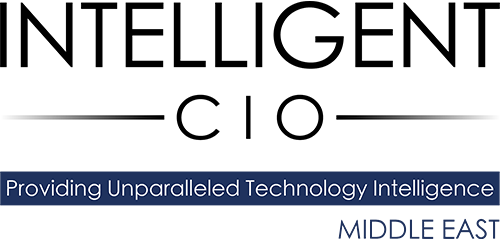The Cisco 2015 Annual Security Report released February 1st, which examines both threat intelligence and cyber security trends, reveals that organisations must adopt an ‘all hands on deck’ approach to defend against cyber attacks. Attackers have become more proficient at taking advantage of gaps in security to evade detection and conceal malicious activity.
Defenders, namely, security teams, must be constantly improving their approach to protect their organisation from these increasingly sophisticated cyber attack campaigns. These issues are further complicated by the geopolitical motivations of the attackers, conflicting cross-border data localisations and sovereignty requirements.
Cisco’s “Security Manifesto”
The report findings conclude that its time for corporate boards to take a role in setting security priorities and expectations. Cisco’s “Security Manifesto”, a formal set of security principals as a foundation to achieving security, can help corporate boards, security teams and the users in the organization, to better understand and respond to the cybersecurity challenges of today’s world. It can serve as a baseline for organisations as they strive to become more dynamic in their approach to security and more adaptive and innovative than adversaries. The principals are:
- Security must support the business.
- Security must work with existing architecture – and be usable.
- Security must be transparent and informative.
- Security must enable visibility and appropriate action.
- Security must be viewed as a “people problem.”
Attackers
Online criminals are expanding their tactics and morphing their messages to carry out cyber-attack campaigns and make it harder to detect them. The top three trends that Cisco’s threat intelligence uncovered are:
– Snowshoe spam:Emerging as a preferred strike method, attackers are sending low volumes of spam from a large set of IP addresses to avoid detection.
– Web Exploits Hiding in Plain Site: Widely used exploit kits are getting dismantled by security companies in short order. As a result online criminals are using other less common kits to successfully carry out their tactics – a sustainable business model as it does not attract too much attention.
– Malicious Combinations: Flash and JavaScript have historically been insecure on their own, but with advances in security, attackers are combining the weakest of the two parts. Flash malware can now interact with JavaScript to hide malicious activity by sharing an exploit between two different files: one Flash, one JavaScript. This type of blended attack is very hard to detect.
Users
Users are caught in the middle. Not only are they the targets, but end-users are unknowingly aiding cyber attacks. Throughout 2014, Cisco threat intelligence research revealed that attackers have increasingly shifted their focus from servers and operating systems as more users are downloading from compromised sites leading to a 280% increase in Silverlight attacks along with a 250% increase in spam and malvertising exploits.
Defenders
Results from Cisco’s Security Benchmark Study, which surveyed Chief Information Security Officers (CISO’s) and Security Operations executives at 1700 companies globallyreveals a widening gap in defender intent and actions. Specifically, the study indicates that 75% of CISOs see their security tools as very or extremely effective. However, less than 50% of respondents use standard tools such as patching and configuration to help prevent security breaches and ensure that they are running the latest versions. Heartbleed was landmark vulnerability last year, yet 56% of all OpenSSL versions are over 4.5 years old. That is a strong indicator that security teams are not patching.
While many defenders believe their security processes are optimised—and their security tools are effective—in truth, their security readiness likely needs improvement.
“Security is now the responsibility of everyone within an organisation, from the board room to individual users. Security leaders and practitioners need the support of the entire business to combat malicious actors who are increasing in their proficiencies to exploit weakness and hide their attacks in plain sight. To protect organisations against attacks across the attack continuum, CISOs need to ensure that their teams have the right tools and visibility to create a strategic security posture, as well as educate users to aid in their own safety and the safety of the business,” commented Rabih Dabboussi, Managing Director, Cisco UAE.
For a complete copy of Cisco’s Annual Security Research report go to www.cisco.com/go/asr2015
About the Report
The Cisco 2015 Annual Security Report is one of the preeminent security reports that examines the latest threat intelligence gathered by Cisco security experts, providing industry insights, trends and key findings revealing cybersecurity trends for 2015. The report also highlights data results from Cisco’s Security Capabilities Benchmark Study which examines the security posture of enterprises and their perceptions of their preparedness to defend themselves against cyber attacks. Geopolitical trends, global developments around data localisation and the importance of making cyber security a boardroom topic are also discussed.
Click below to share this article


